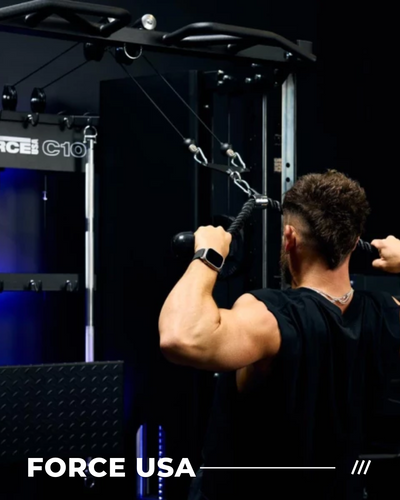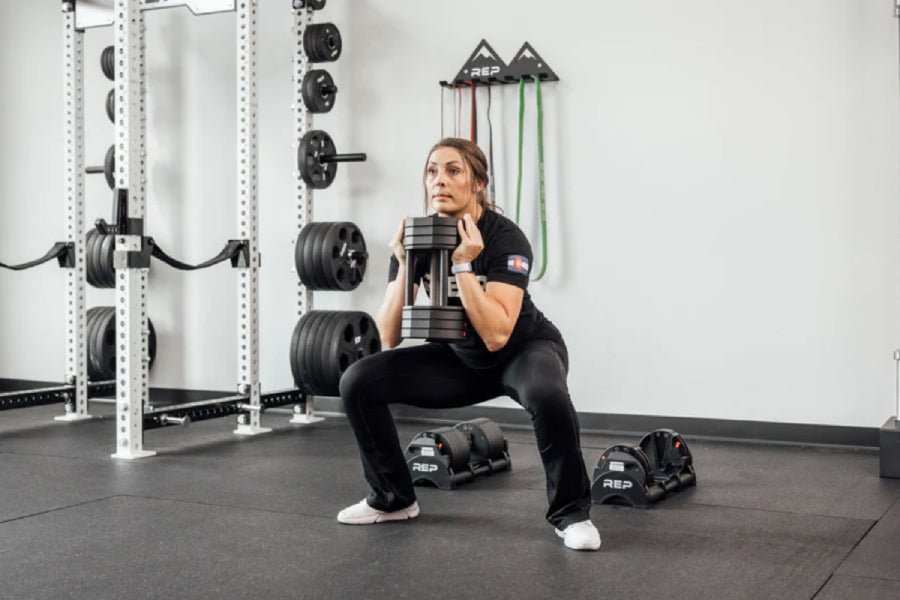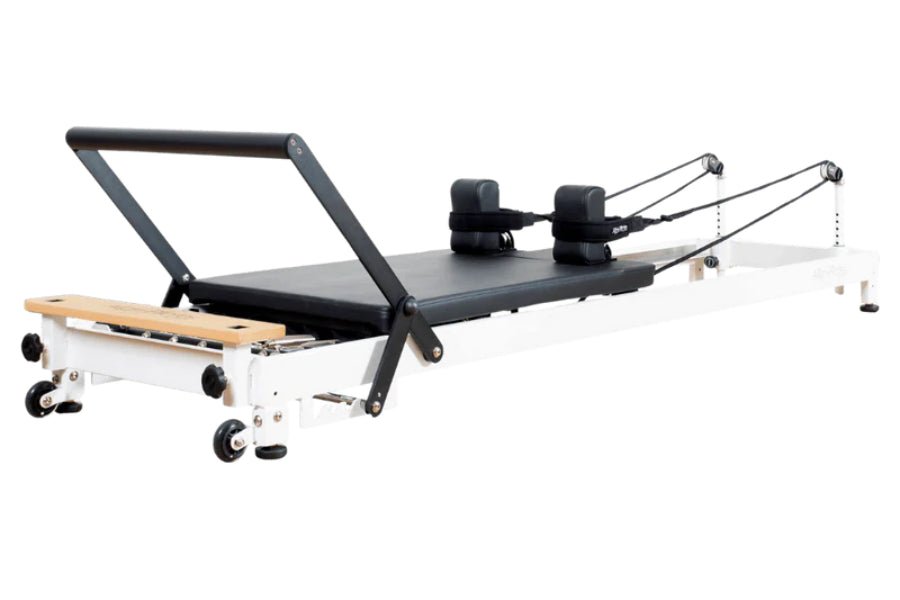Avoid Shoulder Injuries with These Dumbbell Exercises
GYMSPORTZ PTE LTD | 25 April 2025

Shoulder injuries are more common than many realise, especially when strength training is involved. Whether you're new to fitness or a seasoned gym-goer, the shoulder joint is particularly vulnerable due to its complex structure and wide range of motion. The good news is that with the right exercises and form, it’s possible to strengthen the shoulders safely and reduce the risk of injury.
Dumbbells are incredibly versatile and accessible, making them an ideal tool for injury prevention. Whether you train at home or make use of gym equipment rental services in Singapore, incorporating a solid shoulder workout with dumbbells into your routine can be both effective and convenient.
Start with a proper warm-up
Before touching any weights, it’s essential to warm up the muscles surrounding the shoulder joint. A dynamic warm-up improves blood flow and prepares the tendons and ligaments for movement. Arm circles, shoulder rolls, and light resistance band work are excellent choices. Spend 5 to 10 minutes on this, focusing on controlled motion rather than speed.
Focus on external rotations
Rotator cuff injuries are one of the most common causes of shoulder pain. To prevent these, dumbbell external rotations can help strengthen the smaller stabilising muscles in the shoulder.
To do this, lie on your side with a light dumbbell in your top hand. Keep your elbow tucked into your side and slowly rotate your forearm upwards. This movement targets the infraspinatus and teres minor—two crucial muscles for shoulder stability. Start with light weights and higher reps, around 12 to 15 per side.
Include lateral raises with strict form
Lateral raises are a classic move to build shoulder strength, especially in the deltoids. However, they’re also one of the most commonly performed with incorrect form, which can lead to impingement or strain.
To get it right, stand upright with a dumbbell in each hand, arms at your sides. Raise your arms out to the side until they’re parallel to the floor, keeping a slight bend in the elbows. Avoid shrugging or using momentum—focus on slow and controlled movement. Lighter weights are more effective here, especially when the goal is injury prevention.
Strengthen the rear delts
The rear deltoid is often neglected in many shoulder routines, yet it plays a crucial role in shoulder balance and posture. Weak rear delts can contribute to poor alignment and eventually discomfort or injury.
To target this area, try bent-over reverse flys. Hold a dumbbell in each hand, hinge at the hips, and let your arms hang naturally. With a slight bend in the elbows, lift your arms out to the sides like wings. Pause briefly at the top before lowering back down. Keeping the weights manageable and focusing on form will yield the best results.
Don’t neglect the scapular muscles
Healthy shoulders depend on the strength and coordination of the scapular stabilisers. These muscles help control shoulder blade movement, especially during pressing and pulling exercises.
Scapular retractions are a simple but effective dumbbell movement. Sit or stand with a dumbbell in each hand, palms facing your body. Pull your shoulder blades back and down, then slowly release. This is a small movement, but it builds the foundational strength needed for overhead lifts and daily posture.
Press smart, not heavy
Overhead pressing is a staple in most shoulder routines, but it can also be risky if done improperly. To protect the shoulder joint, opt for seated dumbbell presses, such as the shoulder press, instead of standing barbell presses. The seated position limits momentum and helps isolate the shoulders.
Keep your core tight and press the dumbbells upward in a controlled arc, stopping just before locking out your elbows. Lower them slowly to shoulder level and repeat. Choose a weight that allows for 8 to 10 reps without straining. If pain arises, reduce the load or substitute with a neutral grip press, which is often easier on the joints.
Always balance pushing with pulling
One key reason shoulder injuries develop is due to muscular imbalances. Too much focus on pushing exercises like bench presses and not enough pulling can cause tightness and instability.
Incorporating dumbbell rows or rear delt flys as part of your routine ensures you strengthen both the front and back of the shoulder. Aim for a 1:1 ratio of push to pull exercises to keep everything balanced and functional.
Consider adjustable dumbbells for versatility
Adjustable dumbbells are a space-saving and practical solution for those training at home. They allow for quick weight changes, making it easier to progress gradually and safely. Whether you're new to dumbbell training or looking to upgrade your setup, this type of equipment can be a worthwhile investment—especially for those focused on shoulder health.
For those not ready to commit to purchasing, gym equipment rental is a smart and affordable way to access quality gear without long-term commitment. This is especially useful in Singapore, where space constraints make home gym setups a challenge.
Listen to your body
Lastly, never ignore signs of discomfort or pain during a workout. Sharp or lingering pain is your body’s way of signalling something isn’t right. Taking a short break, adjusting your form, or switching exercises can prevent a minor issue from turning into a major one. Recovery and mobility work should be part of your weekly schedule to maintain healthy shoulders over time.
For anyone looking to strengthen their shoulders and avoid injuries, dumbbells offer an effective and accessible solution. Gymsportz provides a wide selection of quality dumbbells and other training gear that can support your fitness journey. Explore more on Gymsportz to take the first step towards safer, stronger workouts.







